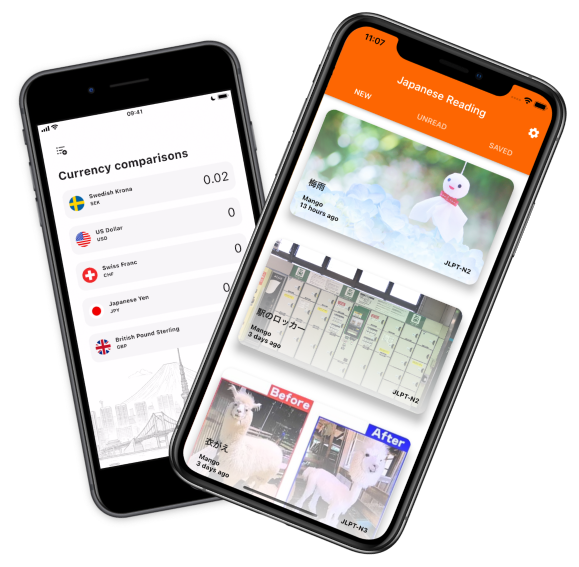A personal partner in software development
Experienced senior full-stack developer and past CTO on-demand, part time and without risks for hiring and full-time
Services
Develop
I can develop for you as individual, delivering full prototypes, MVPs or projects.
Or, I can join your team as a member and work on an hourly basis.
Although I’m able to work in many stacks and languages my current strengths lie in GCP, Postgresql, Flutter and Vue/Svelte.
Lead
- Build teams
- Set practices and standards
- Mentor
Advise
I can develop for you as individual, delivering full prototypes, MVPs or projects.
Or, I can join your team as a member and work on an hourly basis.
Although I'm able to work in many stacks and languages my current strengths lie in GCP, Postgresql, Flutter and Vue/Svelte.

A person, not an agency
Although I do business under the name of Greycastle, the projects and services presented on this site are all provided by me, David Dikman.
As such there is a limit to the range of products I can deliver in entirety but I join teams both as a engineer, advisor and team member.
If and when needed, I join your team or help you build one to work on larger projects or we bring in short-term help to fill any gaps my skillset lacks.



Projects
Aside from working on a consultation basis, I build and run a few projects of my own. This both gives me creative freedom and a chance to train and apply my skills.
See all projects